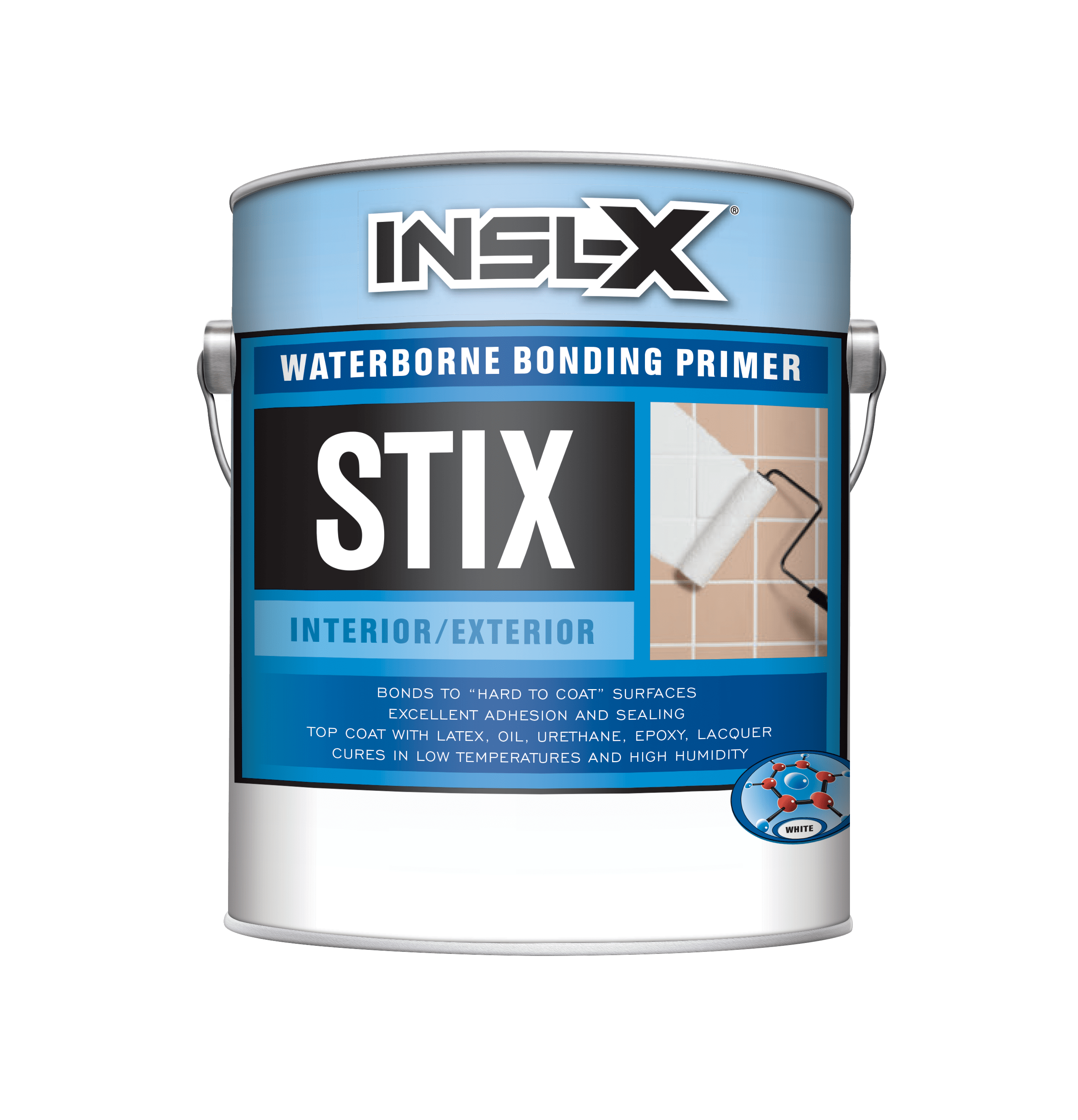

Each has different amounts of volatile organic compounds (VOCs see below for more details), as well as particular pros and cons.

There are four types of primers for kitchen cabinets: water-based, oil-based, shellac-based, and hybrid. Read on for some technical and practical aspects of priming kitchen cabinets and to find solutions to just about every challenge. Cabinet material plays a big part, as does the condition and the existing finish. Several factors can impact your selection of the best primer for kitchen cabinets.

Photo: What to Consider When Choosing the Best Primer for Kitchen Cabinets
BEST FOR SPRAYING: Rust-Oleum 271009 Advanced Synthetic Shellac Primer. BEST BLOCKER: KILZ Restoration Interior Primer. BEST BONDING: INSL-X SXA11009A-04 Stix Acrylic Waterborne Bonding. BEST BANG FOR THE BUCK: Zinsser Bulls-Eye 1-2-3 Acrylic Primer and Sealer. BEST OVERALL: KILZ Adhesion Primer, Interior/Exterior. Use this guide to learn which products are most suitable for particular surfaces and explore a host of options considered among the best primers for kitchen cabinets, regardless of material or its condition. And while the fashionable effect of glazing kitchen cabinets doesn’t necessarily require a primer, it remains a worthwhile step if changing the underlying color.įortunately, there is a wide range of primers available. Popular laminate cabinets, particularly the easy-clean surface of formica, can be tricky because they present adhesion problems. But painting kitchen cabinets presents a number of particular challenges when it comes to choosing a primer. A good general-purpose primer is the starting point for the vast majority of quality paint finishes, as it helps paint adhere to the surface.







 0 kommentar(er)
0 kommentar(er)
